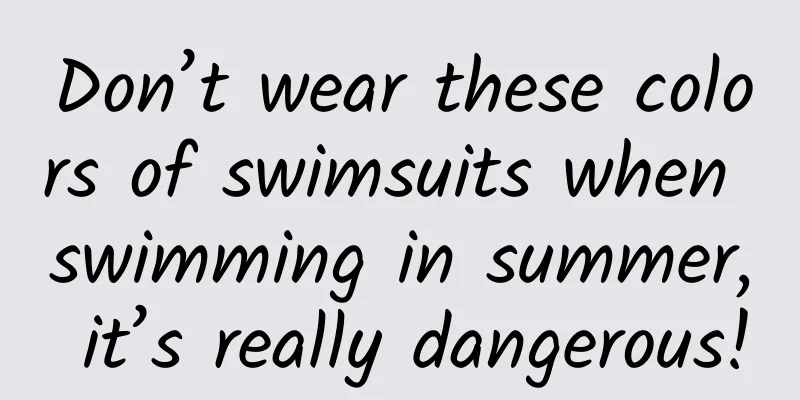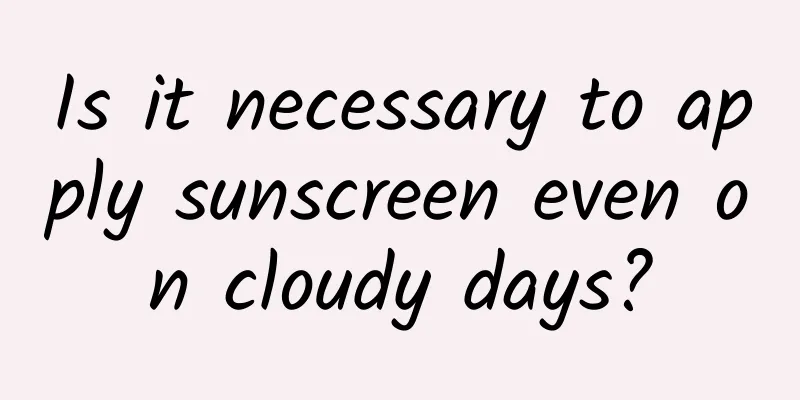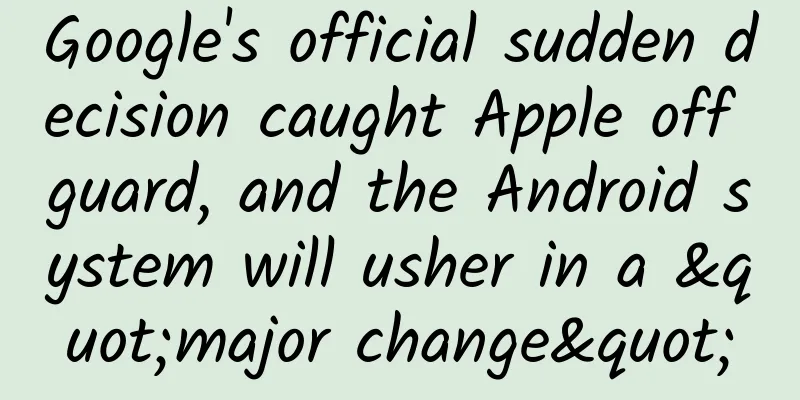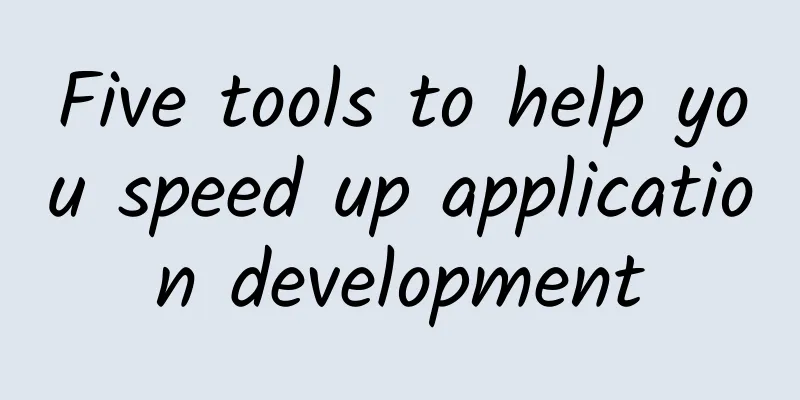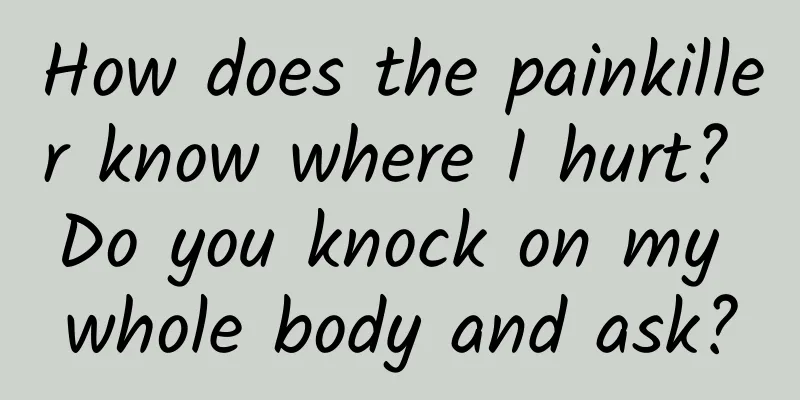It's like a long-distance relationship
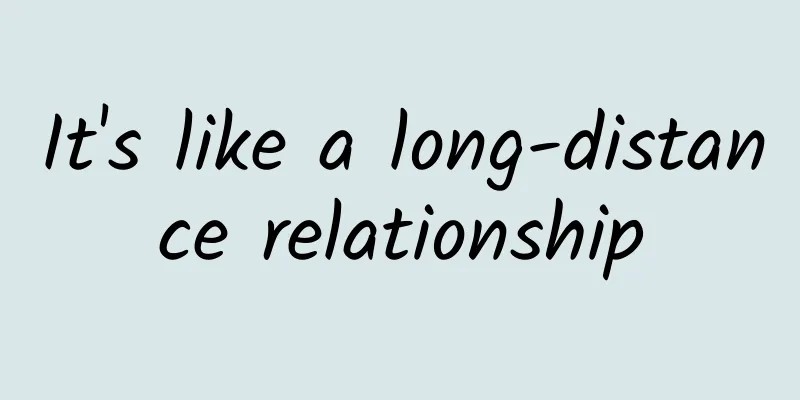
|
More than two thousand years ago, Mozi wrote in "Jing Shuo Xia" that "the person of light is as warm as a sun." He realized the phenomenon that "light travels in a straight line." More than two thousand years later, on August 16, 2016, the quantum science experimental satellite "Mozi" named after "Mozi" was launched, and will continue to use "light" to write the future of human information transmission. On August 16, 2016, China launched the world's first quantum communication satellite "Micius". Image source: Xinhua News Agency Today, the "Mozi", which was designed to have a service life of only two years, has been operating in orbit for six years and has exceeded its target for many expanded scientific research tasks. Many people may be confused when they see the word "quantum". What exactly is quantum? What does the "Mozi" quantum science experimental satellite do? What is its connection with "quantum"? Don't worry, let's learn their secrets one by one. Key Point 1 What is quantum? In life, we may often hear the phrase "When in doubt, turn to quantum mechanics", and we may also often see pseudoscience such as "quantum speed reading" under the banner of "quantum". So what exactly is "quantum"? This question is actually not difficult to understand. All objects in our lives have their smallest units. For example, the most basic unit that makes up "water" is the "water molecule". The same is true for light. We shoot a beam of light from a laser pen and subdivide this beam of light. The most basic unit is the "photon". We call the most basic unit that makes up the material world a "quantum". The "quantum" used by the "Mozi" in the experiment is the "light quantum", or "photon". Key Point 2 What experiments did "Mozi" conduct? Before answering this question, let’s first talk about “online shopping”, which everyone is quite keen on. Before mobile phones were developed to scan fingerprints or face recognition, we always had to enter the payment password on the screen when placing an order online. Most people may have thought about one thing: what if my password is intercepted? Indeed, not only our payment password, but all communication information transmitted from point A to point B may be intercepted and cracked in the middle, causing our information to be leaked. Copyright image, no permission to reprint At this moment, some people may think, then we make a password book, encrypt the payment password and other information we send, and then use the same password book to decrypt when receiving, so that we can complete the information encryption, right? This is true, but unfortunately the password book may be deciphered or even stolen directly, so the encryption will be useless. Is there no completely secure encryption method? Don’t worry, don’t forget our protagonist today - "Mozi". One of the important missions of the birth of "Mozi" is to ensure the security of communication . The traditional code book is not secure enough? It doesn't matter, we use quantum technology to generate a "code book" that is random enough , and once intercepted by a third party, it will be known to both parties in the communication . As a quantum science experimental satellite, "Mozi" has three important experiments to complete: thousand-kilometer-level quantum key distribution , thousand-kilometer-level satellite-to-ground bidirectional quantum entanglement distribution , and thousand-kilometer-level ground-to-satellite quantum teleportation . After completing these three established scientific goals, "Mozi" has also carried out a number of important expansion experiments and continuously achieved new breakthroughs. Are you feeling dizzy after seeing these "quanta"? Don't worry, they are not difficult to understand. Let me explain them to you through the three established scientific experiments of Micius. Key Point 3 What does quantum key distribution do? What is it used for? Just now we mentioned that in order to ensure the real security of communication, quantum technology is needed to create a "code book". The quantum key distribution mission of "Mozi" is to use the "Mozi" satellite to generate a "code book" by sending photons from space to the ground. So how do these photons form a "code book"? To understand this question, we must first learn some knowledge about photons: Polarization : Photons can vibrate in a certain direction, which is called "polarization". The polarization of photons can be divided into many types according to different angles, but here we only need to understand four directions: ↑ and → (i.e. polarization angles 0° and 90°), ↗ and ↘ (i.e. polarization angles 45° and 135°); Several forms of photon polarization. The polarization angle of each photon is 180°, so although the 135° photon polarization in the cartoon is "↖", it is actually equivalent to "↘". Image from Mozi Salon. Observation : When receiving photons, a pair of "special sunglasses" will be used to observe these photons. When the sunglasses are placed upright, they are shaped like a "+", which allows ↑ and → polarized photons to pass through; when they are tilted, they are shaped like an "×", which allows ↗ and ↘ polarized photons to pass through; Bit : Scientists stipulate that after observing with "+", a photon with ↑ polarization represents a bit "0", and a photon with → polarization represents a bit "1"; similarly, after observing with "×", a photon with ↗ polarization represents a bit "0", and a photon with ↘ polarization represents a bit "1"; Uncertainty : However, photons are special. Even ↑ and → polarized photons can pass through tilted “×” sunglasses (↗ and ↘ can also pass through “+”). For example, a ↑ polarized photon that is forced into the “×” will become ↗ or ↘ when it comes out, but which one exactly? Don’t ask, the probability is 50%, and the specifics are unclear. If you are still confused, the following table will make it clearer: After understanding these rules, we can start sending photons and making a "code book". The steps are as follows: 1. First, the sender will randomly generate a string of bit codes, such as: 01001011; 2. Randomly select an observation form ("+" or "×"); 3. Prepare a polarized photon based on the randomly generated bit and the observation mode. For example, when the randomly generated bit is 0 and the observation mode is "+", a photon with ↑ polarization is prepared; when the randomly generated bit is 1 and the observation mode is "×", a photon with ↘ polarization is prepared; 4. Then send the photon to the receiver; 5. After receiving these photons, the receiver randomly selects an observation form "+" or "×" to observe the received photons and obtain the observation results. 6. Finally, the sender and receiver make another phone call to communicate their respective observation methods, retain the results of the same observation method, and discard the others, and they can get a completely randomly generated and secure initial "code book". This is a job full of "randomness". We have also seen that if the receiver uses "+" to observe "↗", two results will be obtained, namely: after observing the photon, the polarization of the photon will change. In this way, if a third party intercepts the photon in the middle, once the "wrong" observation method is used, the polarization of the photon will change. Therefore, the receiver and the observer can find the problem by "checking the answer" (this time, the initial "code book" of the communication part) and discard the "code book" generated this time. In this way, the obtained code string "0100" is the one-time quantum "code book" generated by both parties. The above is one of the methods used in the quantum key distribution experiment conducted by "Micius". This method is called BB84 protocol, which was proposed by Charles Bennett and Gilles Brassard in 1984. This method can effectively detect eavesdropping in communication, so as to immediately shut down the communication and re-distribute new quantum keys. The BB84 protocol proposed by Brassard and Bennett. Image from Mozi Salon. In August 2017, one year after its launch, the Micius spacecraft successfully carried out the world's first thousand-kilometer-level satellite-to-ground quantum key distribution experiment. Later, the Micius spacecraft also achieved thousand-kilometer-level quantum secure communication without relays based on another quantum key distribution protocol, E91. This laid a reliable technical foundation for the subsequent construction of a global quantum secure communication network. Key Point 4 What exactly is quantum entangled about? What is quantum entanglement distribution doing? What do you think of when you mention "entanglement"? The mutual understanding between two people? The telepathy between lovers? That's right, there is also "telepathy" between two quantum particles. Scientists call this kind of "telepathic" connection between quantum particles "quantum entanglement" . Two quantum entangled photons. Image from Mozi Salon In quantum mechanics, there is a mysterious term: superposition . For a quantum, when it is not observed, it may be a superposition of two states; and once the quantum in superposition is observed, the quantum superposition will collapse into one of the states . A classic example is Schrödinger's cat that is both "dead" and "alive". The cat trapped in a sealed container has two states of "dead" and "alive" superimposed on it, which is the cat's "superposition state"; and once we open the box, the cat's superposition state will collapse, and we can know whether the cat is "dead" or "alive". Copyright image, no permission to reprint Quantum entanglement is a strange superposition state of the combination of two quanta, and there is a "definite number" between them - once one of the quanta is observed, the state of the other quantum will be immediately known. Let's use cats as an example again: I have two cats locked in a sealed box, they are both in a superposition state of "alive" or "dead", and they are "entangled" together, that is, if I open one box and see a cat in a superposition state collapsed to "dead", then the superposition state of the cat in the other box will also collapse, and it must collapse to "alive". This quantum entanglement is not limited by distance and is "non-local". Even if one cat is on Earth and the other cat is in another corner of the universe, this strange connection will still occur instantly. Einstein called this quantum entanglement phenomenon across space "spooky action at a distance". He was worried about it and proposed the "local hidden variable theory" to explain this magical connection. In order to verify who was right and who was wrong, physicist Bell proposed an inequality and an experimental method. If the experimental results conform to the inequality, then it supports Einstein's "locality" theory; if the experimental results violate the inequality, then it refutes Einstein's "locality" theory . Unfortunately, the experimental results did not support Einstein. This "ghostly action at a distance" in quantum mechanics is real, and quantum entanglement is indeed "non-local". Experiments are the only criterion for testing truth, and truth comes from rigorous experimental results, even if it was Einstein who raised the objection. The experimental results show that Einstein was wrong this time. Image from Mozi Salon To this day, many scientists are still conducting the quantum entanglement experiment proposed by Bell: placing two entangled quantum states at a sufficiently long distance and then observing them to see if the observed results conform to Bell's inequality. Similarly, my country has also conducted a quantum entanglement experiment between two ground stations in Lijiang, Yunnan and Delingha, Qinghai, and it is the world's farthest quantum entanglement experiment, 1,200 kilometers apart. The role of the "Mozi" is to send a pair of entangled quantums to the two ground stations in space. The success of this experiment has laid the foundation for my country's future quantum secure communications based on quantum entanglement. In 2020, Mozi achieved entanglement-based quantum secure communications at the thousand-kilometer level. The Bell inequality is verified by distributing quantum entanglement via the Micius satellite. Image from the Micius Salon. Key Point 5 What is quantum teleportation? Is it possible to transport matter over long distances? Before answering this question, let’s take a look at a short story about a long-distance relationship: There is a couple A and B, B is the more vicious one, but they are still in a long-distance relationship and are "entangled" with each other. At the same time, they have two mutual friends C and D, who are observing A and B from two different places respectively. One day, A met X. X was not as vicious as B, but very friendly. So A broke up with B and started a new entanglement with X. At this time, friend C observed this incident, took a photo and told his friend D. After seeing the photo, D gave B some friendship education. After being educated, B came to his senses, gave up evil and did good, and from then on became a kind person like X. In this example, we can regard A and B as two entangled quantum particles, C and D as scientists at the locations of A and B respectively, and X as an unknown quantum state. Scientists hope to transmit this unknown quantum state to B through "quantum teleportation". During the entire transmission process, quantum X itself was not transmitted, but the state of X was transmitted to B - just like in the long-distance relationship example, the kind state of X was transmitted to B, thus changing B's state from "vicious" to "friendly". This is “quantum teleportation.” However, it should be noted that during “quantum teleportation,” the entanglement between A and B disappears, and new entanglement between A and X is generated, almost simultaneously. You will find that in "quantum teleportation", only the state of quantum X is transmitted, and the particle itself is not transmitted . This is very different from the long-distance transmission of matter in science fiction works. It is not realistic to transmit objects from A to B through quantum technology. Key Point 6 What can "Mozi" do for us? If you have read this far, then congratulations, you have basically understood the three main scientific experiments carried by the "Mozi" quantum science experimental satellite. But at this time you may ask: What impact will these three experiments have on me? The discovery of each new theory and the realization of each new technology fundamentally represent a new step forward for mankind in the unknown world. "Micius" is the crystallization of China's most advanced quantum communication technology, and is also at the leading level internationally. Quantum communication technology has begun to appear in the civil and commercial fields . In the future, more mature quantum communication technology will be more widely used in communications, finance, national defense and many other fields. Author: Science Popularization China × Mozi Salon This article is jointly produced by Science Popularization China and Mozi Salon. The title image of this article comes from Science. Some of the images in this article are from copyright libraries and are not authorized for reproduction. |
<<: Will playing with your phone every day lead to "digital dementia"?
>>: The fate of a pig is determined by humans, not by the pig: the past and present of "pork belly"
Recommend
I suddenly have a headache. Is it a serious illness?
One minute with the doctor, the postures are cons...
The rabbit is coming!
Bunny Using cute appearance Confusing you Their f...
How to perform user segmentation and achieve refined operations?
The author of this article mainly shares the appl...
Meizu M6 hands-on experience: Smartphones under 1,000 yuan can also perform well
Since the advent of the Meizu brand, the Meizu No...
Analysis of course distribution methods: the entire process of event planning!
This article will review all the details of this ...
A complete guide to Douyin dou+ placement skills
With the explosive growth of Tik Tok, the gamepla...
Information flow delivery trends of Bytedance, Baidu, and Guangdiantong in 2022!
Today, let’s take a look at the three major infor...
Where did the budget go? How to define new users of investment and financial management?
I don’t know whether you readers usually look at ...
Property and Casualty Insurance Comprehensive Insurance: Unlocking New Ways to Increase Search Engine Optimization Indexing
I believe that many webmasters think that origina...
How does this celestial body manage to wander around the edge of a black hole without being swallowed by it?
A black hole is an extremely powerful celestial b...
Information flow creative sharing | 2017 excellent case review, covering 13 industries
From the end of 2017 to the beginning of 2018, mo...
3 case studies: World Cup hot spots self-propagation operation activities
The World Cup is in full swing, and operators wil...
A man suddenly suffocated to death! Just because he ate "Lvdagun"? Urgent reminder!
Recently, a piece of news is very shocking: A man...
Baidu promotion bounce rate, bidding hosting website bounce rate solution?
In this era of rapid development, if you want to ...



